Concrete remains a staple material construction companies use to build the foundation of houses, buildings, and other structures that you can name. The hard property that it exhibits makes it an ideal material to establish the floor and the walls of the house.
Certainly, every room in your home is built with concrete flooring and walls. That includes the bathroom and the shower room, of course. However, the use of concrete in the bathroom and shower room offers a lot of downsides, unless it gets waterproof. Before we discuss the downsides, let’s discuss the advantages of using those materials first.
What are the Benefits of Using Concrete?
-
More Durable Than Other Construction Materials
Because concrete contains zero organic content, this material remains resistant to rotting or rusting caused by humid climates. Concrete’s zero organic content also has another benefit as that makes it inedible. That prevents it from getting destroyed by insects, pests, or even vermin. Its hardness also prevents those insects and pests from poking a hole to pass through the material.
Furthermore, concrete is composed of chemically inert materials. Because of that, concrete itself is non-combustible, which means it cannot and does not burn. Its non-combustible property adds more durability to the material.
Moreover, concrete also does not get affected by ultraviolet radiation easily. Although UV radiation does cause the polymers, as well as other bond chains, inside the concrete to break down, it does not happen instantly. That means it can still last longer despite the exposure to UV.
-
Little to Zero Required Maintenance
Steel and wooden structures often require owners to apply protection to the surface to prevent it from weathering. The protection comes in the form of coating or painting which are replaced and done regularly.
Concrete, however, does not require much maintenance as it does not weather as easily as wood and steel. Because of that, using this material for your home can save you a lot of budget for maintenance. Although we advise you to have experts inspect your home from time to time so potential damages can be uncovered.
-
Cheaper Construction Cost
Manufacturing companies produce cement at a significantly lower cost when compared to steel. Because of that, you can easily infer that the cost of concrete will definitely be lower compared to the other material.
Moreover, concrete is also a widely used material in the world, which means you can easily find the material in a lot of construction stores, even in your area. The ingredients to prepare concrete should also be available in your local markets as it only includes cement, water, and aggregates.
-
Absorbs Heat and Retains It
Because of this property, concrete can help maintain the temperature of your home. It prevents heat outside your home from heavily affecting the temperature inside the household. That means you can easily cool your home when it is hot outside as it prevents heat from radiating inside your home.
The same can be said when the weather is cold. You can efficiently heat your home as the coldness coming from the outside gets absorbed by the concrete, retaining the energy there instead of spreading it inside your house.
-
Wind and Water Resistant
Having concrete walls and flooring will allow your home to resist heavy wind loads. With concrete walls, your home can resist swaying due to heavy winds in cases where hurricanes and storms occur. It also offers better security against flying debris compared to wooden and steel foundations, because of its compactness, which results in durability.
Moreover, concrete is also water resistant. It can survive water leaks without exhibiting serious deterioration. Despite that, however, water can still induce corrosion in your concrete walls and floors. After all, water contains chemicals that can certainly corrode concrete.
Due to that, we advise you to waterproof your concrete floors and walls, especially in the bathroom.
Why Does Concrete Need to Be Waterproofed?
The primary reason why you need to waterproof your concrete is to prevent moisture from penetrating and affecting the steel
reinforcement inside the concrete. By waterproofing concrete block walls outside, you can prevent water from reaching structural contents that can potentially damage the structure of your home and blow out your concrete walls.
With no waterproofing system on your concrete walls, moisture and water can easily pass through the surface since concrete is a porous material. Water passing through your walls can affect your steel as we all know water and steel don’t mix well.
Moreover, moisture can also infiltrate cracks within your walls which can further weaken the concrete in the long term, causing the material to corrode and deteriorate even faster.
All this can be easily prevented if you waterproof your concrete surfaces.
How Has Concrete Been Waterproofed in the Past?
There are three main types of waterproofing systems that exist to this day: exterior, interior, and integral systems.
Exterior refers to the outside waterproofing system. Interior, however, serves as a waterproofing concrete block wall inside the building. Integral systems mix chemicals within the concrete to make it act as the water barrier itself.
Exterior Waterproofing
The most prominent waterproofing system is the exterior type, mainly the sheet membrane waterproofing. Most of the time, a sheet membrane waterproofing system is made up of polyethylene sheets attributed to polymer materials and asphalt.
However, installing this sheet membrane can impose challenges as it requires multiple steps to properly finish the application. After all, it needs to be sealed, lapped, and finished. Moreover, it also needs to be installed on a smooth perfect surface or it can unstick itself out the surface. It also requires protection boards during installation or the waterproofing membrane might get punctured and torn up.
Despite these disadvantages, however, the sheet membrane system remains prevalent to this day. After all, it does not simply provide a waterproofing system as it also allows the surface to withstand impact with its added durability.
But by covering the concrete with a sheet membrane you lose the look of the concrete.
Interior Waterproofing
Although it was initially intended for the exterior of a structure, the advancement in technologies and continuous innovations allowed pigmented liquid-applied membranes to be applied as an interior waterproofing system.
Liquid-applied membranes are usually applied with rollers or paint brushes, sometimes trowels and sprays. This membrane is composed of polymeric asphalts mixed with a solvent base, allowing a more durable coating on the surface.
The performance of this waterproofing system lies in the thickness of the application. It also depends on the consistency of the application.
The waterproofing membrane system is fragile and needs to be covered with a tile to protect the system.
However by covering the concrete you lose the look of the concrete
Integral Systems
Admixture is one of the more prominent integral waterproofing systems in the market. This method emerged in the 1980s and remains a viable option for making concrete water resistant today.
Admixture systems are mixed within the concrete and will react chemically inside it. With that, you do not need a surface barrier on the interior and exterior as the mixture will allow the concrete to act as the water-resistant barrier. These mixtures reduce the amount of water that is able to transfer through the concrete for a time. But no companies offering any warranty on the product being waterproof let along a warranty that stands up to the life time of concrete this is an ideal additive but cannot be relied upon for long term waterproofing.
How Remedial Membranes Can Help with Your Next Concrete Waterproofing Project
Finding a waterproofing system for your concrete that allows the look of the concrete to be retained for the wall, floor and high rise façades is a niche market. Fortunately, Remedial Membranes can help you with that problem.
Unlike other products, Clear Waterproofing Membranes remain suitable for tiles made from hard materials such as stones, concrete, concrete slabs, precast and cement sheeting. Because of that, you can attain uniform application with our product. Not only that, but our membrane is also easy to install as it is applied directly over the surfaces of the concrete.
When buying our Clear Waterproofing Membrane, we provide our customers with an installation guide, following a 22-step process, accompanied by 20+ install video to further assist you with your project.
We also have a few notes to put your attention to.
Moreover, we also provide finishes for your Clear Waterproofing Membrane Application. Specifically, we offer a glossy and matte/satin finish for your concrete surface.
To attain a glossy finish, you will need to mix Part 1 and Part 2 of CWM for the first coat. For the second coat, you will mix Part 1 and Part 2, then add the aggregate before applying it to the surface.
For the satin/matte finish, you will have to mix Part 1 and Part 2 for the first coat. For the second coating, you will mix part 1 to the matting paste, before adding the aggregate, and afterward, apply it to the surface.
Furthermore, our Remedial Membranes offer different applications that involve waterproofing concrete:
-
Concrete tiles on a leaking balcony
By using Remedial Membranes, you can stop your balcony from leaking while maintaining its appearance. After all, our membrane offers a transparent look that allows you to comfortably install it on the surface without minding whether it will change the appearance of your floor.
-
Concrete Slab or self-leveling floor internally which you desire to be easy to clean and mop up in the case of spills
The smooth surface that our Remedial Membranes provide can make your floor easy to clean. You can easily sweep the dust on the floor because there are no bumps on the surface. You can also mop the spills on the surface effortlessly.
Moreover, the cover it provides for your concrete tiles helps your floor avoid scratching and staining easily. It also prevents your tiles from dusting caused by dirt and cracking caused by moisture and water in general.
-
Concrete walls are becoming more and more fashionable
As mentioned in the first point already, Remedial Membranes come with a clear and transparent appearance when installed. Because of that, you can install it without changing how the inside of your house looks, especially when applied to your fancy walls.
Although our membrane can still be noticed when people pay enough attention, without actually putting concentration on it, your wall can look as if there are no waterproofing membranes on it.
-
Exposed Concrete Facades with or without wood-like imprints
Depending on the wear and tear of the concrete surface over time but it is expected that a concrete surface would require 1-2 coats of the Clear Waterproofing Membrane Sealer which is made up of equal parts water and part 1 and then 10% part 2 followed by 2 coats of membrane and if the pin holes are causing any problems a final coat of sealer can be applied to identify these. The process is time consuming but you are left with waterproofed concrete that looks like concrete whilst protecting the steel inside and prevent water from migrating through concrete.
Not only that, with our easy-to-install Remedial Membranes, you can install an exterior waterproofing system yourself for your home. As mentioned above, we do provide an installation guide for our customers to help them install the product on their own. You can also call for technical support during the installation.
That way, you can prevent the exterior of your house from wearing out because of the rain and moisture, while preventing the same moisture from entering your property.
-
Waterproofing cement sheeting for your hard-wearing bench tops
Spilling water in the kitchen remains inevitable. After all, almost all activities done in that portion of the house requires the use of water. From washing the dishes to cooking, water is all over the place in the kitchen.
To prevent your bench tops from wearing easily, you can install the Remedial Membranes on the surface. That way, water won’t penetrate the surface of your countertops, while making it easier for you to clean up the mess that occurred.
Don’t forget that our membrane comes with a transparent surface so you don’t need to worry too much about the appearance of your kitchen from changing because of its application.
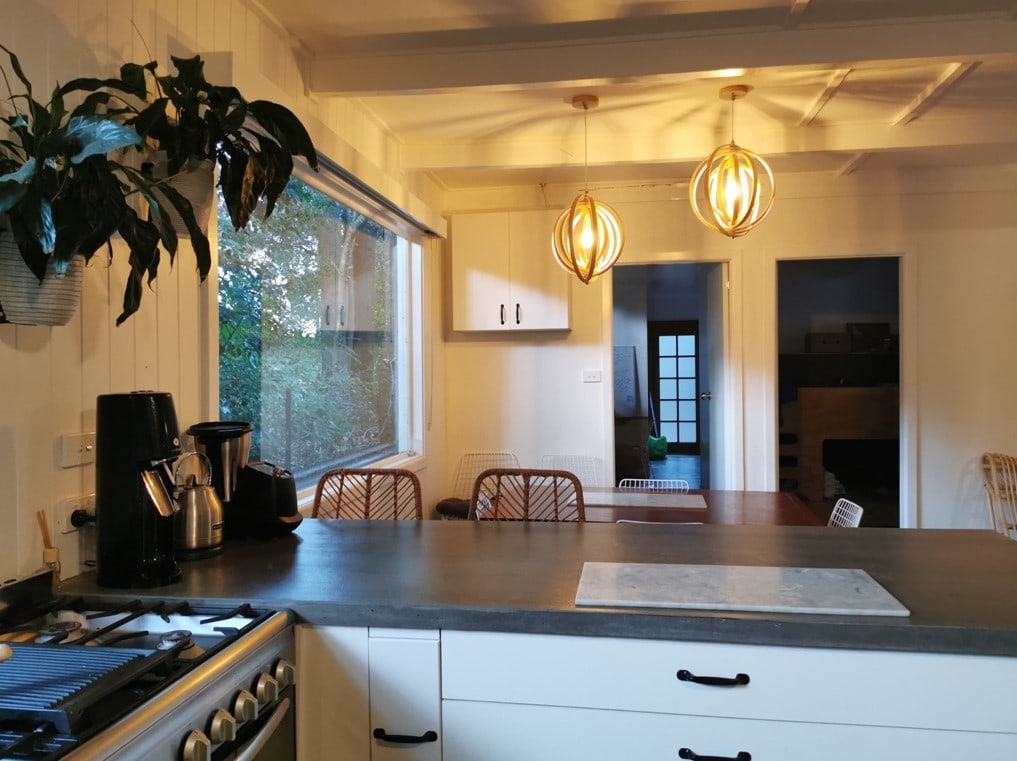
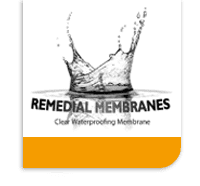
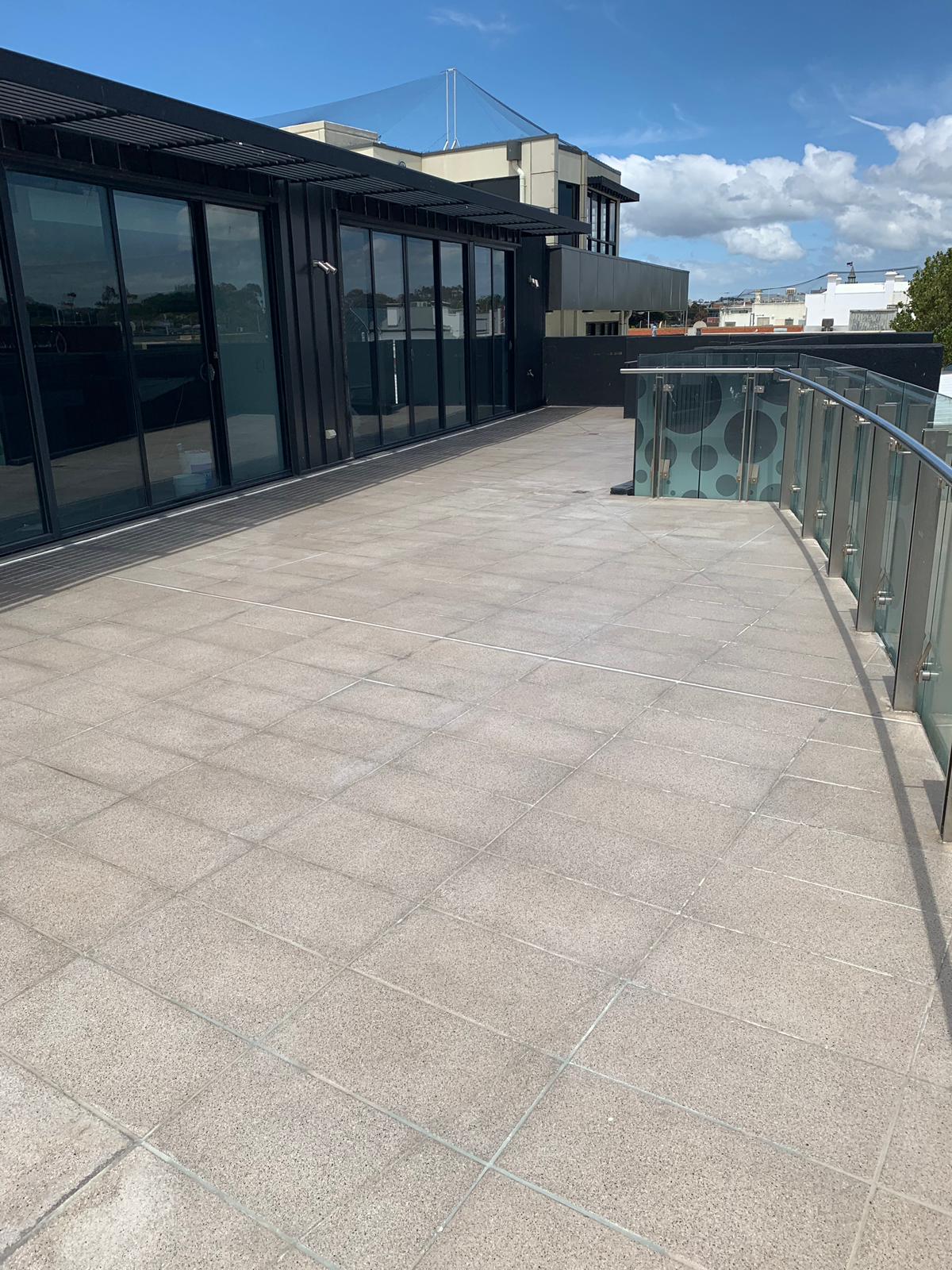
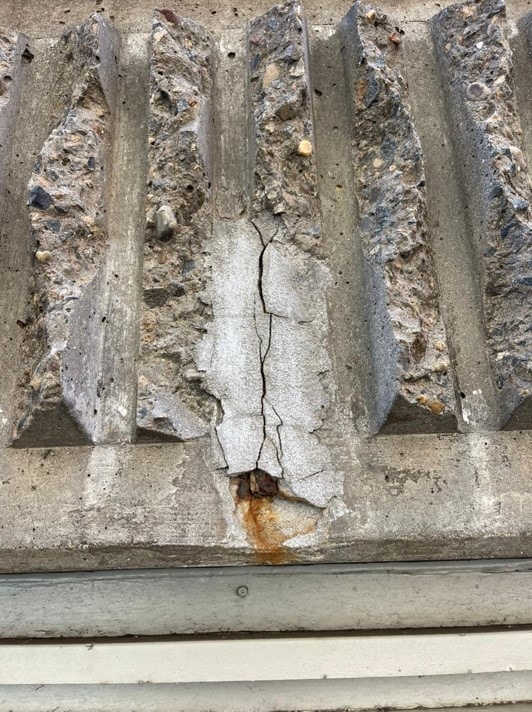
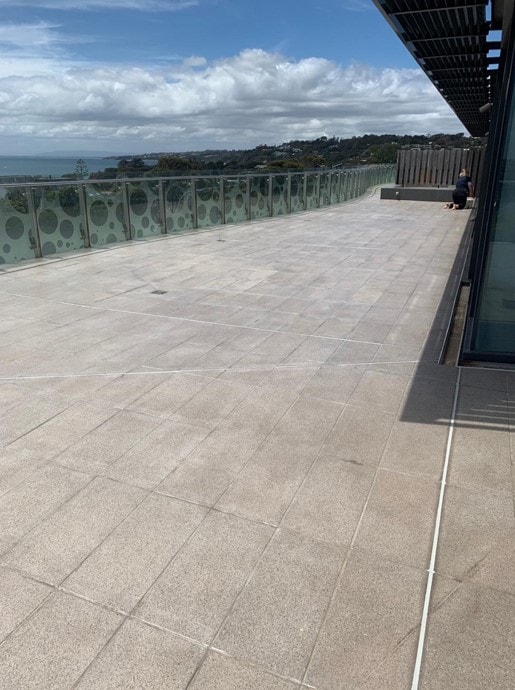
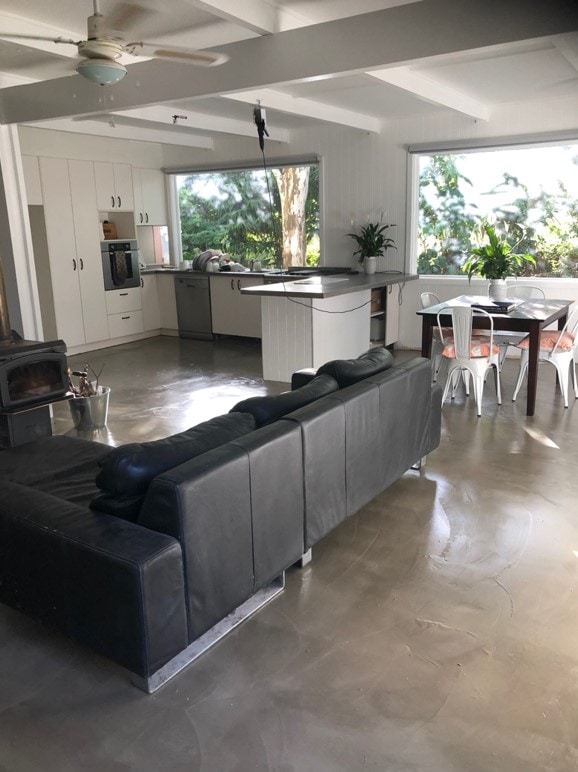
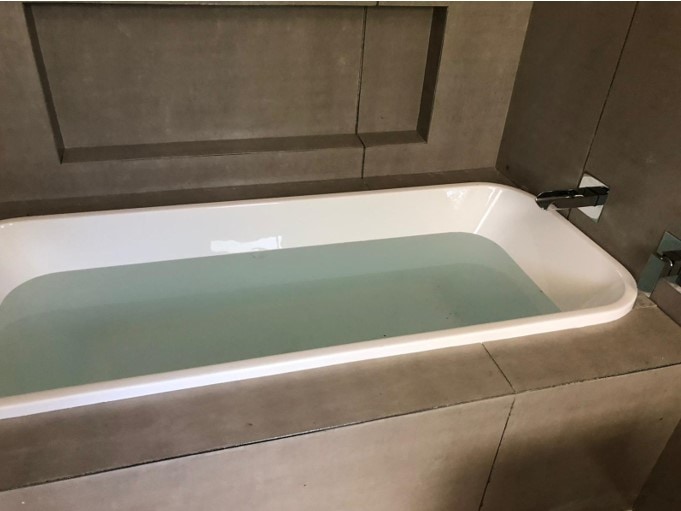
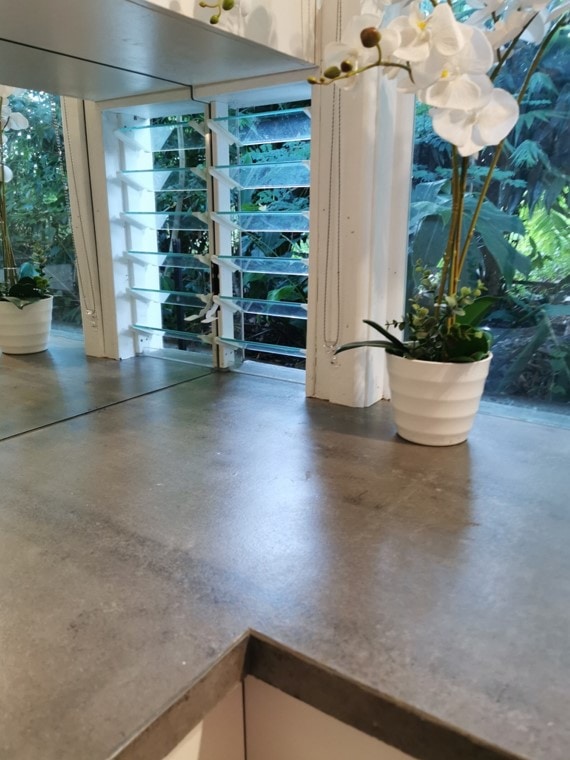
2 Responses
We need to apply a remedial membrane to a n existing membrane because of damage to the existing membrane.
A total of 100 sq m.
Please advise coat to membrane
Hi Andrew sorry for the delay in getting back please contact our office if you have not already on 02 8012 7216 thanks